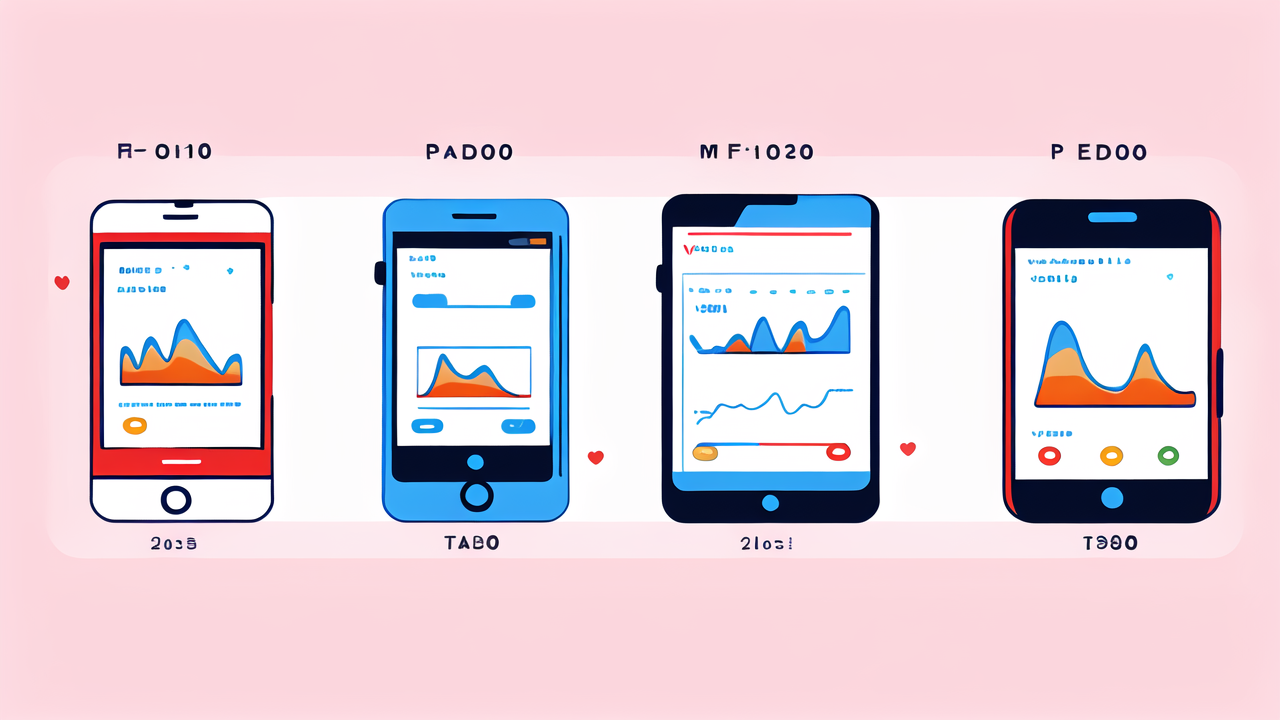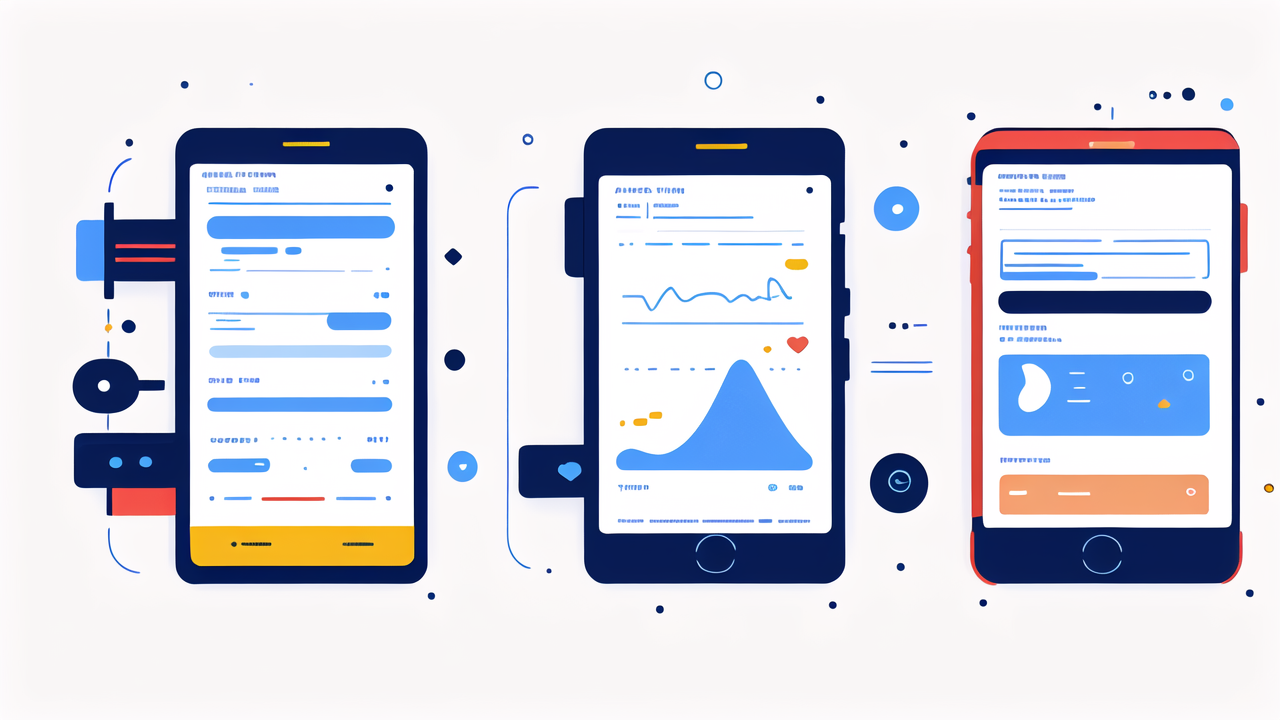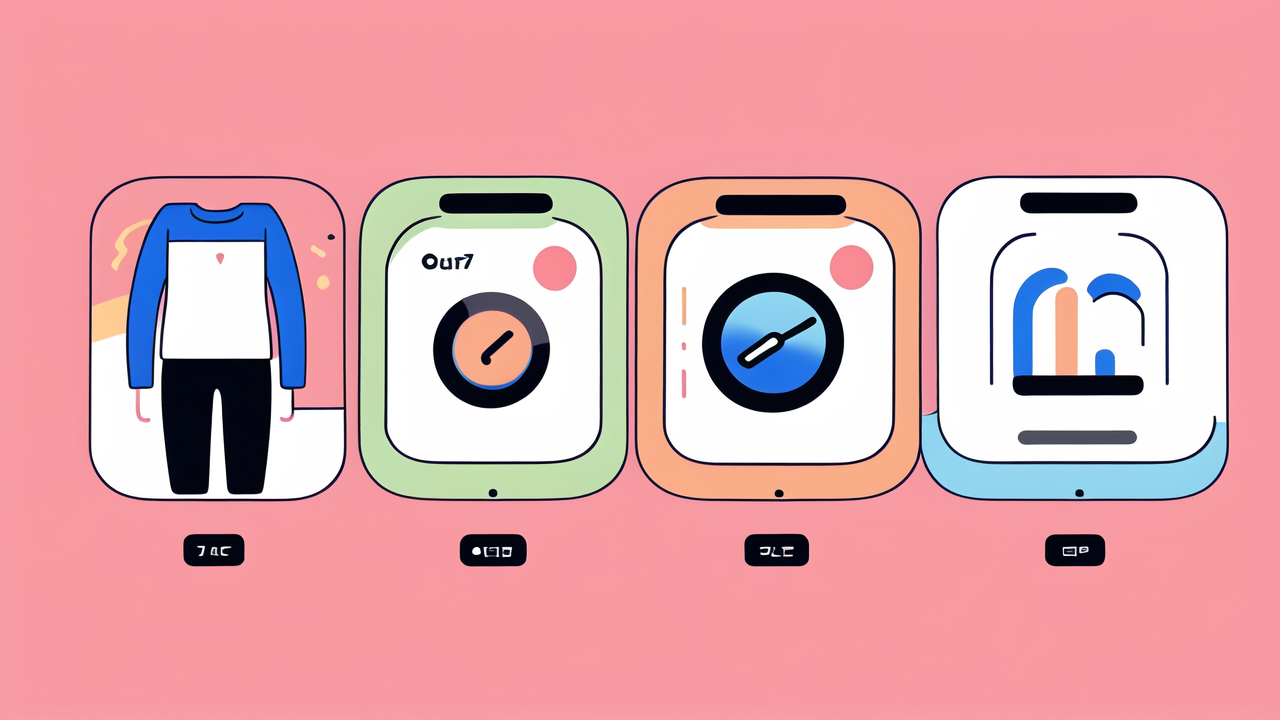The Evolution of Body Measurement Tracking Technology
A Brief History of Wearable Fitness Devices
Wearable fitness devices have come a long way since their inception. The journey began with simple pedometers in the 1960s. These basic tools counted steps and estimated distance traveled. As technology advanced, so did these devices. The 1980s saw the rise of heart rate monitors. These were popular among athletes and fitness enthusiasts. They provided more detailed data about workout intensity.

The real revolution came in the early 2000s with the introduction of smart wearables. Fitbit launched its first tracker in 2009. It could track steps, sleep, and calories burned. This marked the beginning of the modern fitness tracking era. Since then, the market has exploded with options. From smartwatches to smart clothing, the choices are endless.
Technological Advancements in Body Measurement Trackers
Recent years have seen remarkable progress in body measurement tracking tech. Sensors have become more sophisticated and accurate. They can now measure a wide range of metrics. These include heart rate variability, blood oxygen levels, and even ECG readings. Some devices can even detect falls or irregular heart rhythms. This has made them valuable tools for health monitoring.
Battery life has also improved significantly. Early devices needed frequent charging. Now, many can last for days or even weeks on a single charge. Size and comfort have been enhanced too. Modern trackers are sleek and lightweight. Some are so small they can be worn as rings or sewn into clothing. This makes it easier for users to track their health 24/7.
The Integration of AI and Machine Learning
The latest frontier in body measurement tracking is AI and machine learning. These technologies are transforming how we interpret and use fitness data. AI algorithms can analyze patterns in your data. They can then provide personalized insights and recommendations. For example, they might suggest when to rest or when to push harder during workouts.
Machine learning models are getting better at predicting health outcomes. They can warn users of potential issues before they become serious. Some trackers can now detect signs of conditions like sleep apnea or atrial fibrillation. As these technologies improve, wearables are becoming more than just fitness tools. They're evolving into comprehensive health management devices.
Key Features to Look for in a Body Measurement Tracker
Accuracy and Reliability
Accuracy is paramount when it comes to body measurement trackers. A device that provides inaccurate data is essentially useless. Look for trackers that have been tested and validated by third parties. Many reputable brands conduct clinical studies to prove their accuracy. Pay attention to how the device measures different metrics. For example, optical heart rate sensors are generally less accurate than chest straps.

Reliability is equally important. A tracker should consistently provide accurate readings. It should work well in various conditions, like during intense workouts or in water. Check user reviews to see how the device performs in real-world situations. Some trackers may lose accuracy when you're moving quickly or sweating heavily. The best devices maintain their precision even in challenging conditions.
Battery Life and Performance
Battery life can make or break your experience with a body measurement tracker. Nobody wants to charge their device every day. Look for trackers that can last at least several days on a single charge. Some can go for weeks or even months. However, battery life often depends on usage. Features like GPS and always-on displays drain batteries faster. Consider how you'll use the device and choose accordingly.
Performance is about more than just battery life. It includes how quickly the device responds to inputs. A laggy interface can be frustrating. The tracker should also sync data to your phone or computer quickly and reliably. Consider the device's durability too. A good tracker should withstand daily wear and tear. Water resistance is a must for most users.
Software and User Experience
The software that comes with your tracker is just as important as the hardware. A great device can be let down by poor software. Look for apps that are intuitive and easy to navigate. They should present your data in a clear, understandable way. Charts and graphs can help you visualize trends over time. The best apps also offer insights and actionable advice based on your data.
Consider how the tracker integrates with other apps and services. Can it sync with your favorite fitness apps? Does it work with your smartphone's health platform? Some trackers offer social features. These let you compete with friends or join challenges. Think about what motivates you and choose a device with software that aligns with your goals.
Top Body Measurement Trackers on the Market
Leading Smart Watches for Fitness Enthusiasts
For serious fitness buffs, several smartwatches stand out. The Apple Watch Series 7 is a top contender. It offers comprehensive health tracking and a large, easy-to-read display. The Garmin Fenix 7 is another favorite. It's rugged and packed with features for outdoor enthusiasts. These watches offer advanced metrics like VO2 max and recovery time. They also provide detailed workout tracking for various sports.

The Fitbit Sense is another strong option. It offers stress tracking and an ECG app. The Samsung Galaxy Watch 4 is notable for its body composition analysis feature. It can estimate metrics like body fat percentage and muscle mass. These watches all offer GPS, heart rate monitoring, and sleep tracking. They also have smartwatch features like notifications and mobile payments.
Wearables for Casual Users: Style Meets Functionality
For those who want a more discreet tracker, there are stylish options. The Oura Ring is a sleek device that looks like jewelry. It tracks sleep, activity, and readiness scores. The Whoop 4.0 is a screenless band that focuses on recovery and strain. These devices are perfect for those who want 24/7 tracking without a bulky watch. They're also great for people who wear traditional watches but still want health data.
The Withings ScanWatch is another elegant choice. It looks like a classic analog watch but packs health features. It can take ECG readings and measure blood oxygen levels. The Fitbit Luxe offers a more fashion-forward design. It's slim and stylish but still tracks all the basics like steps, heart rate, and sleep.
Niche Trackers for Specific Fitness Goals
Some trackers cater to specific needs or sports. For runners, the Coros Pace 2 is a lightweight powerhouse. It offers detailed running metrics and incredible battery life. Swimmers might prefer the Form Swim Goggles. These smart goggles display real-time swim data right in your field of vision. For weightlifters, the Atlas Wristband tracks reps and identifies exercises automatically.
There are also trackers for niche health concerns. The Levels continuous glucose monitor helps users understand their metabolic health. The Muse S headband aids in meditation by tracking brain activity. These specialized devices offer deep insights into specific aspects of health and fitness. They're perfect for users with particular goals or health management needs.




Leave a comment
This site is protected by hCaptcha and the hCaptcha Privacy Policy and Terms of Service apply.